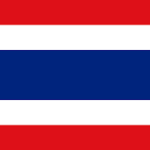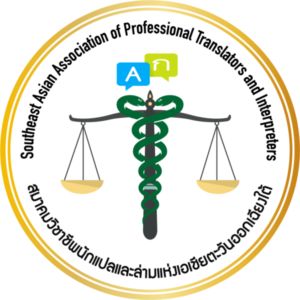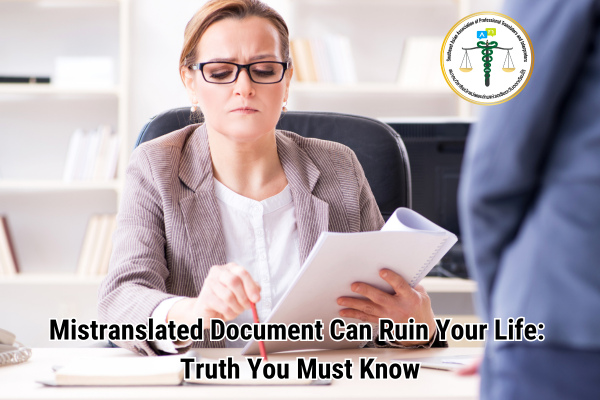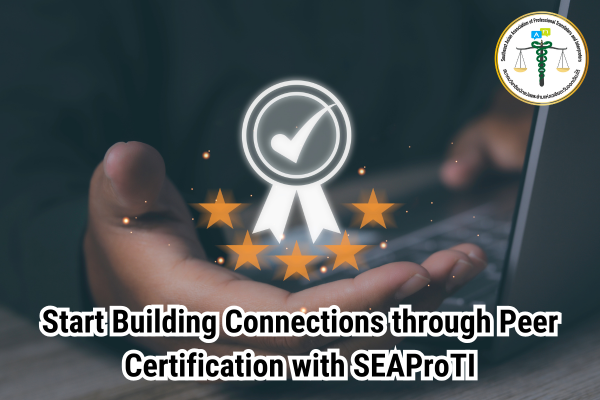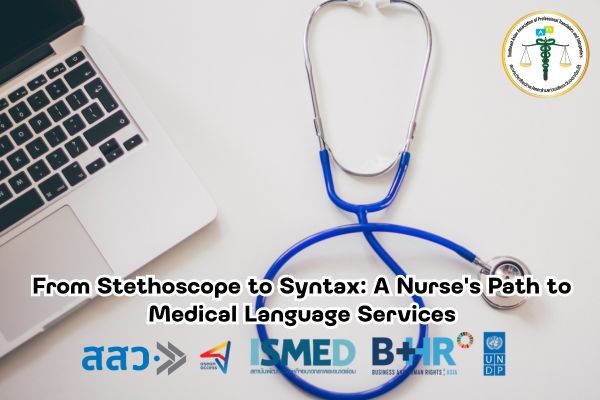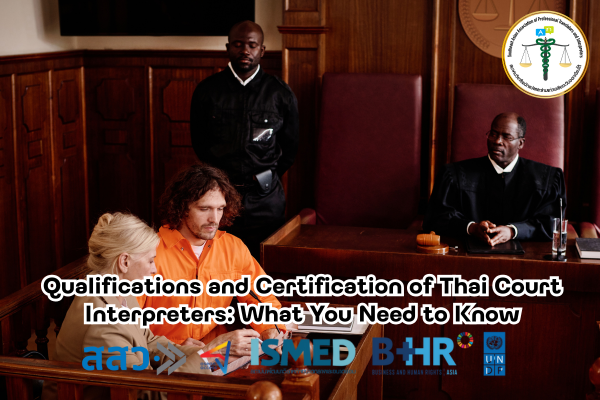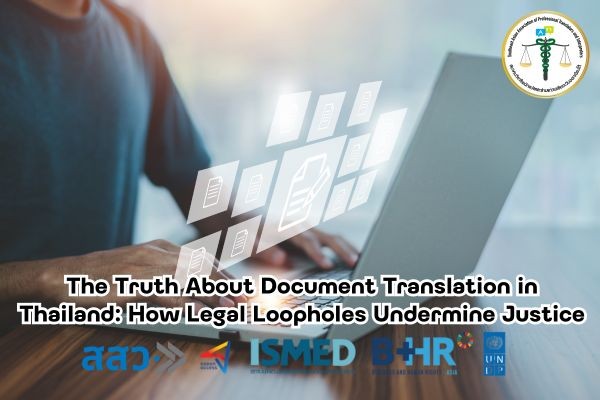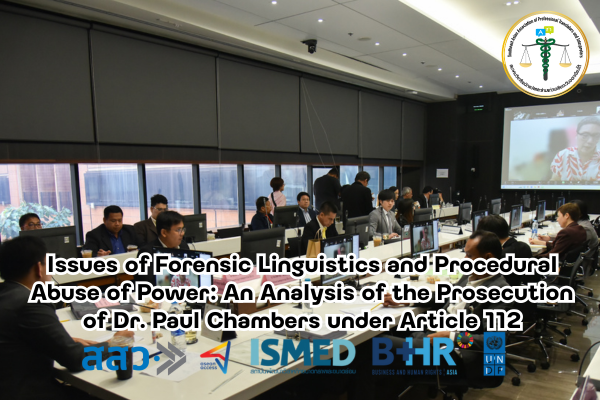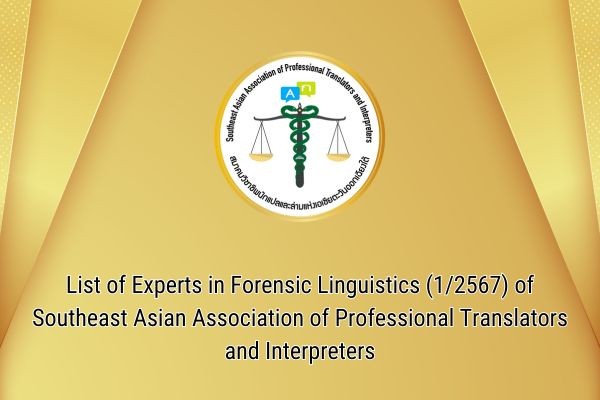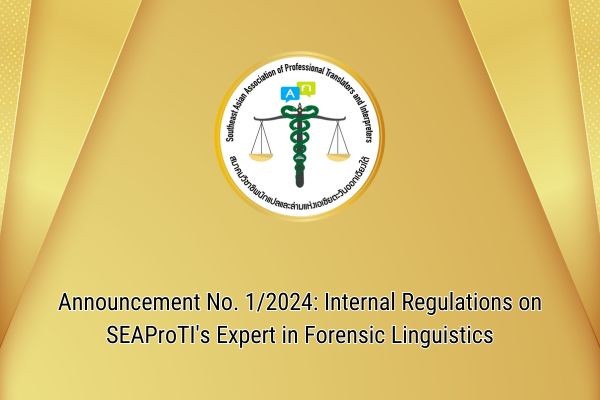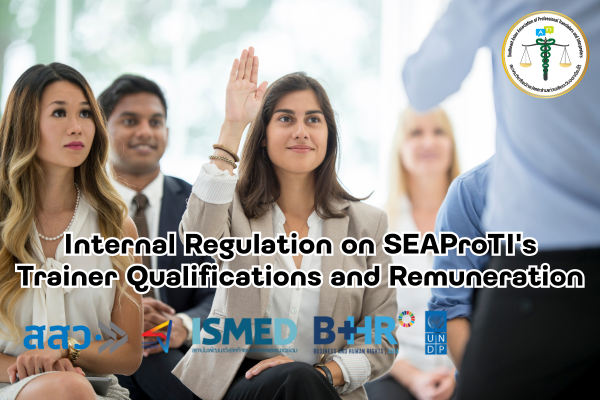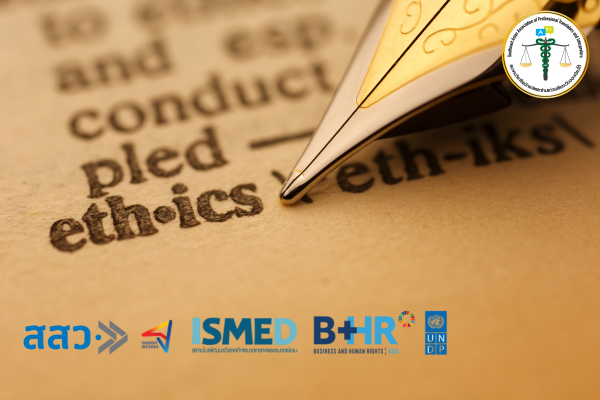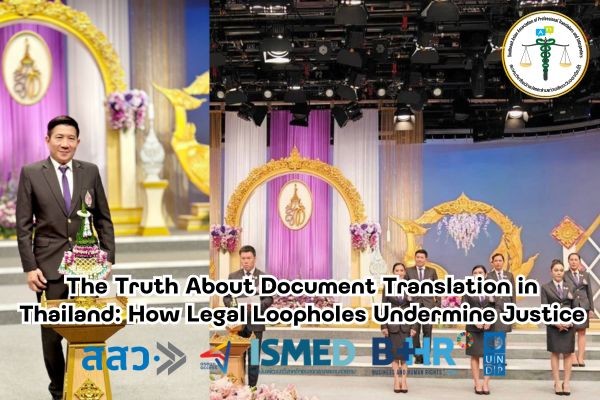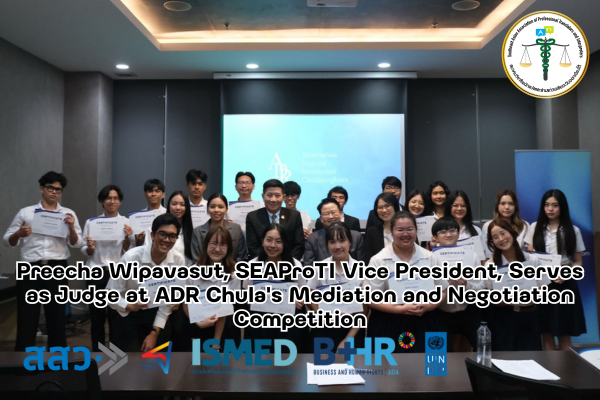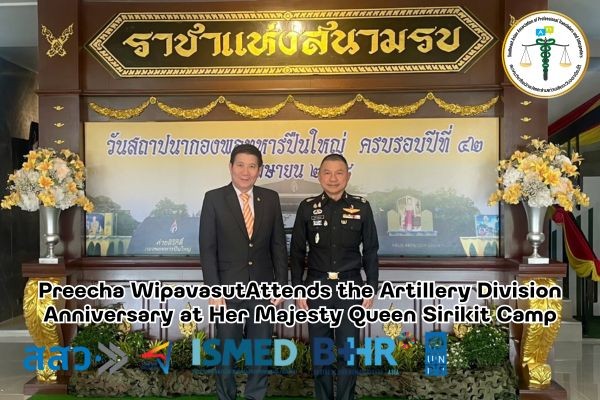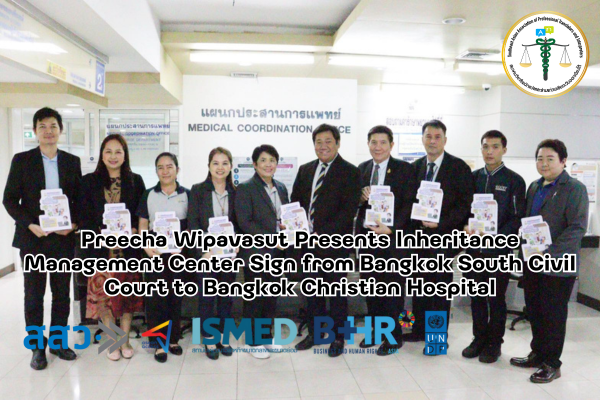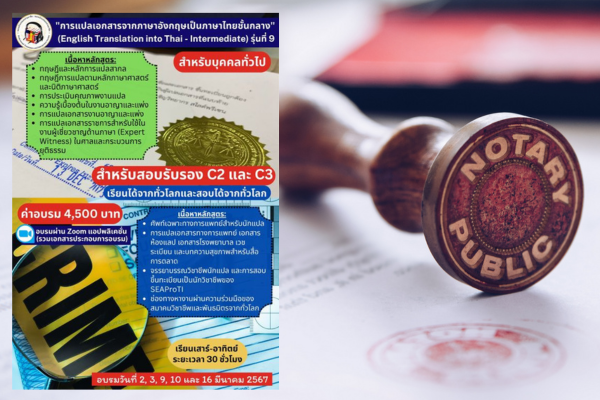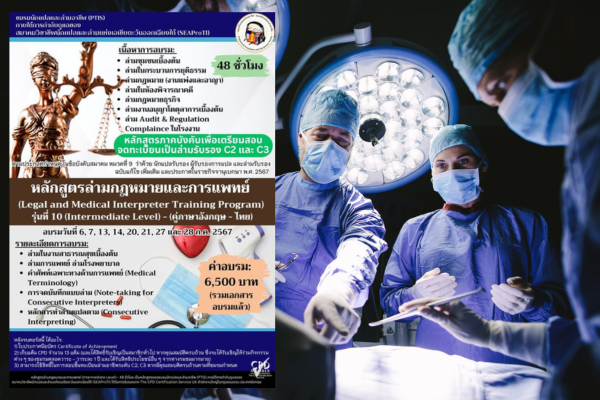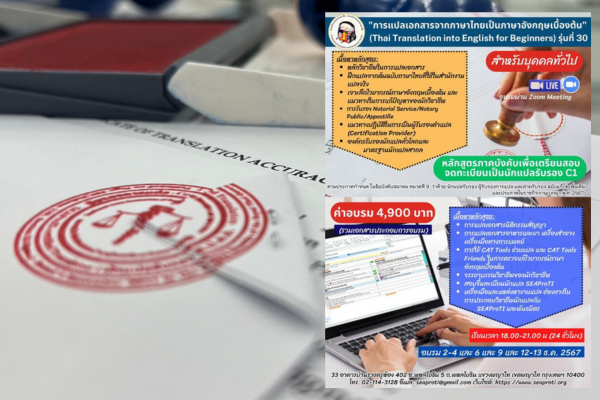“A Mistranslated Document Can Ruin Your Life!
The Truth You Must Know Before Translating Important Documents”
Introduction
If you’re starting the process of applying for a U.S. visa, enrolling in a top university, or pursuing your dream career abroad, translating important documents is unavoidable. But did you know that submitting mistranslated or uncertified documents can derail your future?
Inaccurate or non-compliant translations can lead to rejected applications, legal issues, or delays that cost you valuable opportunities. To prevent these nightmares, we’ve outlined key steps and precautions to ensure your official document translations meet the highest standards.
1. Identify All the Documents You Need Translated
The first step is to determine exactly which documents need translation. Contact the requesting authority, such as immigration offices, universities, or companies, and confirm the list of required documents. Clarify whether they need digital or paper copies and whether certification or notarization is mandatory.
Failing to meet these requirements may result in delays or even rejection of your application.
Examples of commonly required documents:
- Birth certificates
- Marriage certificates
- Academic transcripts
- Financial statements
2. Prepare Your Documents Carefully
Once you have the list of required documents, the next step is to locate and prepare your original documents. If they are in paper form, scan them into clear, legible PDFs.
What to watch for:
- Ensure all content, including the back of documents, is included.
- If there is any handwritten or difficult-to-read text, inform the translator beforehand.
Well-prepared documents will help the translator work faster and reduce the risk of errors.
3. Choose a Trusted Professional Translator
This is the most crucial step! Translating important documents requires a qualified professional translator, not just someone bilingual.
Qualities of a Good Translator:
- Certified by a reputable organization, such as the American Translators Association (ATA) for documents used in the U.S.
- Experienced in translating similar types of documents.
- Able to provide certification or notarization services if needed.
If you’re in Thailand, consider SEAProTI-certified translators or experienced providers like Phothong Translation or New Stamford School Translation Center.
How to Contact a Translator and Request a Quote:
- Send the documents with details like certification requirements, deadlines, and the intended purpose of the translation.
- Review their rates, turnaround times, and payment methods carefully before proceeding.
4. Review the Translation Before Submission
Once you receive the translated documents, verify their accuracy, especially names, dates, and critical information. Notify the translator immediately if any corrections are needed.
What to Check:
- Accuracy of information (e.g., names and dates must match the originals).
- Proper certification and signatures, if required by the requesting authority.
- Submission deadlines and formats.
5. Keep Copies for Future Use
Always keep digital and physical copies of your translated documents, as you may need them for future purposes, such as visa renewals or job applications abroad.
Conclusion: Accurate Translations Secure Your Future
Translating important documents is not something to take lightly. A small error can have devastating consequences. Following the steps outlined in this article will help you ensure your translations are accurate, compliant, and accepted without issues.
Remember, choosing a trusted professional translator is the key to success. Don’t compromise on standards or quality, because “A Mistranslated Document Can Ruin Your Life” isn’t just a warning—it’s a reality you can avoid.
SEAProTI’s certified translators, translation certification providers, and certified interpreters:
The Southeast Asian Association of Professional Translators and Interpreters (SEAProTI) has officially announced the criteria and qualifications for individuals to register as “Certified Translators,” “Translation Certification Providers,” and “Certified Interpreters” under the association’s regulations. These guidelines are detailed in Sections 9 and 10 of the Royal Thai Government Gazette, issued by the Secretariat of the Cabinet under the Office of the Prime Minister of the Kingdom of Thailand, dated July 25, 2024, Volume 141, Part 66 Ng, Page 100.
To read the full publication, visit: the Royal Thai Government Gazette
เอกสารแปลผิด ชีวิตพัง!
เรื่องจริงที่คุณต้องรู้ก่อนเริ่มกระบวนการแปลเอกสารสำคัญ
เมื่อคุณกำลังเริ่มต้นการสมัครขอวีซ่าเพื่ออพยพไปสหรัฐอเมริกา หรือสมัครเข้าศึกษาในมหาวิทยาลัยชั้นนำของอเมริกา หรือแม้แต่เริ่มต้นอาชีพในฝันในต่างแดน “การแปลเอกสารสำคัญ” เป็นสิ่งที่หลีกเลี่ยงไม่ได้ แต่คุณรู้หรือไม่ว่าเอกสารที่แปลผิดพลาดหรือไม่ได้รับการรับรองอย่างถูกต้องสามารถทำให้อนาคตของคุณพังทลายได้
การส่งเอกสารแปลที่ไม่ได้มาตรฐานอาจนำไปสู่การปฏิเสธคำร้อง ข้อผิดพลาดทางกฎหมาย หรือความล่าช้าที่ทำให้คุณสูญเสียโอกาสสำคัญในชีวิต เพื่อป้องกันไม่ให้เหตุการณ์เลวร้ายเหล่านี้เกิดขึ้น เราจะมาแนะนำขั้นตอนสำคัญและข้อควรระวังที่คุณต้องรู้เกี่ยวกับการแปลเอกสารสำคัญอย่างละเอียด
1. สำรวจเอกสารที่ต้องแปลให้ครบถ้วน
สิ่งแรกที่คุณต้องทำคือ ตรวจสอบให้ชัดเจนว่าเอกสารใดบ้างที่ต้องแปล ติดต่อหน่วยงานที่ต้องการเอกสาร เช่น สำนักงานตรวจคนเข้าเมือง มหาวิทยาลัย หรือบริษัท เพื่อขอรายชื่อเอกสารที่ต้องแปล รวมถึงรูปแบบการส่งเอกสาร เช่น ต้องการฉบับดิจิทัลหรือกระดาษ
อย่าลืมสอบถามว่าจำเป็นต้องมีการรับรองความถูกต้อง (Certified Translation) หรือการรับรองโดยทนายความ (Notarization) หรือไม่ หากคุณไม่ได้ดำเนินการตามข้อกำหนดเหล่านี้ เอกสารอาจไม่ถูกพิจารณาอย่างถูกต้อง
ตัวอย่างเอกสารที่มักต้องการการแปล:
- สูติบัตร
- ทะเบียนสมรส
- วุฒิการศึกษา
- เอกสารการเงิน
2. จัดเตรียมเอกสารอย่างรอบคอบ
เมื่อคุณทราบรายการเอกสารแล้ว ขั้นตอนต่อไปคือการ ค้นหาและเตรียมเอกสารต้นฉบับ ให้ครบถ้วน หากเอกสารเป็นฉบับกระดาษ ให้สแกนเป็นไฟล์ PDF ที่ชัดเจนและอ่านง่าย
สิ่งที่ควรระวัง:
- ตรวจสอบว่าเนื้อหาทั้งหมด รวมถึงหน้าหลังของเอกสาร ถูกถ่ายสำเนาไว้เรียบร้อย
- หากมีลายมือหรือข้อความที่อ่านยาก ควรแจ้งนักแปลล่วงหน้า
เอกสารที่จัดเตรียมอย่างละเอียดจะช่วยให้นักแปลทำงานได้รวดเร็วขึ้นและลดโอกาสการแปลผิดพลาด
3. เลือกนักแปลมืออาชีพที่เชื่อถือได้
นี่คือส่วนที่สำคัญที่สุด! การแปลเอกสารสำคัญจำเป็นต้องใช้บริการจากนักแปลมืออาชีพ ไม่ใช่แค่คนที่พูดได้สองภาษา
คุณสมบัติของนักแปลที่ดี:
- มีใบรับรองจากองค์กรที่น่าเชื่อถือ เช่น American Translators Association (ATA) สำหรับเอกสารที่ใช้ในสหรัฐอเมริกา
- มีประสบการณ์ในงานแปลเอกสารประเภทเดียวกัน
- สามารถให้บริการรับรองเอกสารหรือการรับรองโดยทนายความได้
ในกรณีที่คุณอยู่ในประเทศไทย การเลือกนักแปลที่ได้รับการรับรองจาก SEAProTI หรือผู้ให้บริการที่มีประสบการณ์สูง เช่น Phothong Translation หรือ New Stamford School Translation Center เป็นตัวเลือกที่ดี
วิธีติดต่อและขอใบเสนอราคา:
- ส่งเอกสารพร้อมแจ้งรายละเอียด เช่น ความต้องการรับรองเอกสาร กำหนดเวลาส่งงาน และวัตถุประสงค์ของการใช้เอกสาร
- ตรวจสอบค่าใช้จ่าย ระยะเวลาการแปล และวิธีการชำระเงินให้ครบถ้วน
4. ตรวจสอบงานแปลก่อนส่งต่อให้หน่วยงาน
เมื่อได้รับเอกสารแปลมาแล้ว อย่าลืมตรวจสอบความถูกต้องของชื่อ วันที่ และข้อมูลสำคัญ หากพบข้อผิดพลาด ให้แจ้งนักแปลแก้ไขทันที
ข้อควรตรวจสอบ:
- ความถูกต้องของข้อมูล (เช่น ชื่อและวันที่ต้องตรงกับต้นฉบับ)
- การรับรองและลายเซ็นที่ครบถ้วนตามที่หน่วยงานกำหนด
- การจัดส่งเอกสารให้ถึงหน่วยงานตามกำหนดเวลา
5. เก็บเอกสารแปลไว้ใช้งานในอนาคต
อย่าลืมเก็บสำเนาเอกสารแปลไว้ในรูปแบบดิจิทัลและกระดาษ เพราะเอกสารบางฉบับอาจต้องใช้ซ้ำในอนาคต เช่น การต่อวีซ่าหรือการสมัครงานในต่างประเทศ
บทสรุป: การแปลเอกสารที่ถูกต้องช่วยสร้างอนาคตของคุณ
การแปลเอกสารสำคัญไม่ใช่เรื่องที่ควรมองข้าม เพราะข้อผิดพลาดเพียงเล็กน้อยอาจนำไปสู่ความเสียหายใหญ่หลวง การปฏิบัติตามขั้นตอนที่เราแนะนำในบทความนี้จะช่วยให้คุณมั่นใจได้ว่าเอกสารแปลของคุณจะได้รับการยอมรับและไม่มีปัญหาภายหลัง
จำไว้ว่าการเลือกนักแปลที่เชื่อถือได้คือหัวใจสำคัญ อย่าละเลยมาตรฐานและคุณภาพ เพราะ “เอกสารแปลผิด ชีวิตพัง” ไม่ใช่คำขู่ แต่เป็นความจริงที่คุณสามารถหลีกเลี่ยงได้
เกี่ยวกับนักแปลรับรอง ผู้รับรองการแปล และล่ามรับรองของสมาคมวิชาชีพนักแปลและล่ามแห่งเอเชียตะวันออกเฉียงใต้
สมาคมวิชาชีพนักแปลและล่ามแห่งเอเชียตะวันออกเฉียงใต้ (SEAProTI) ได้ประกาศหลักเกณฑ์และคุณสมบัติผู้ที่ขึ้นทะเบียนเป็น “นักแปลรับรอง (Certified Translators) และผู้รับรองการแปล (Translation Certification Providers) และล่ามรับรอง (Certified Interpreters)” ของสมาคม หมวดที่ 9 และหมวดที่ 10 ในราชกิจจานุเบกษา ของสำนักเลขาธิการคณะรัฐมนตรี ในสำนักนายกรัฐมนตรี แห่งราชอาณาจักรไทย ลงวันที่ 25 ก.ค. 2567 เล่มที่ 141 ตอนที่ 66 ง หน้า 100 อ่านฉบับเต็มได้ที่: นักแปลรับรอง ผู้รับรองการแปล และล่ามรับรอง
